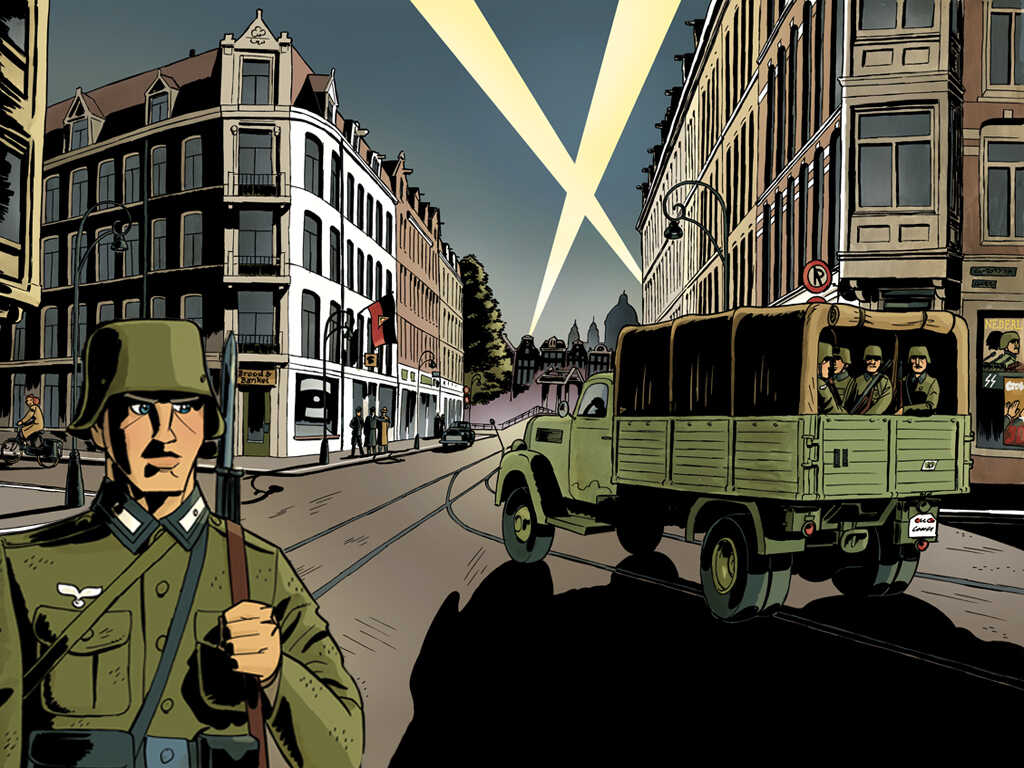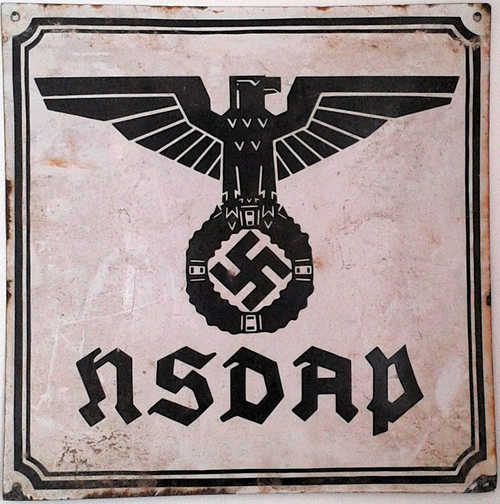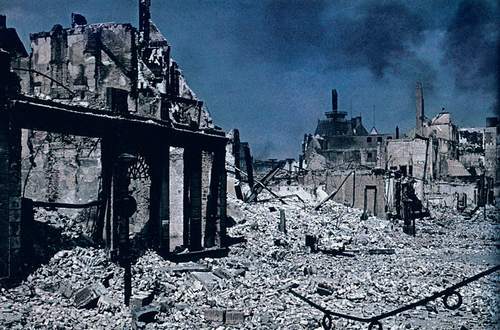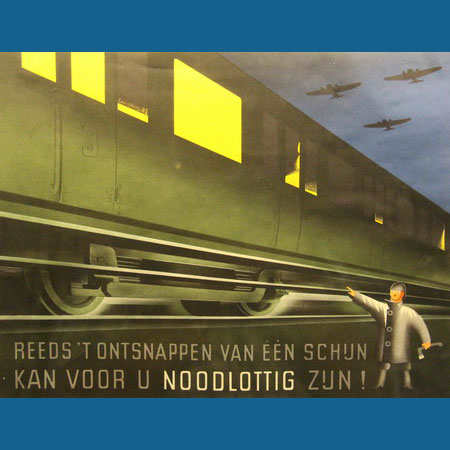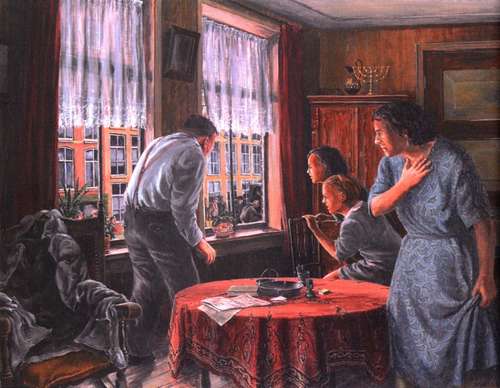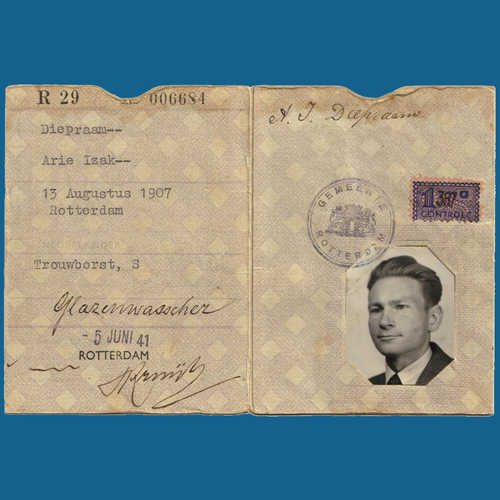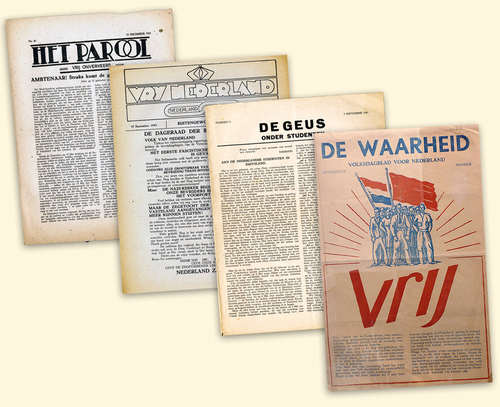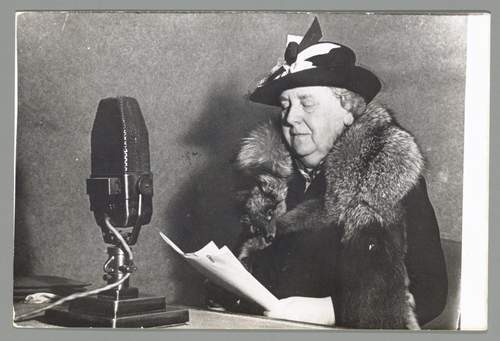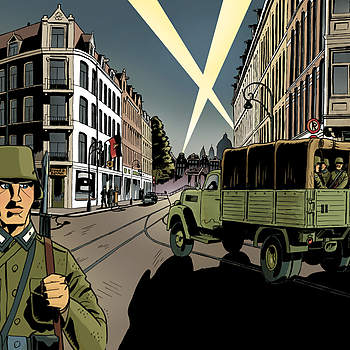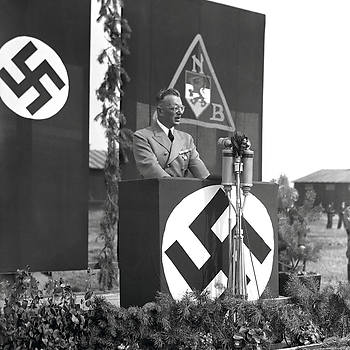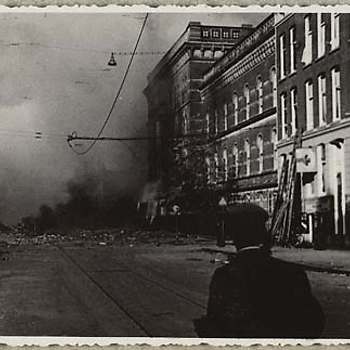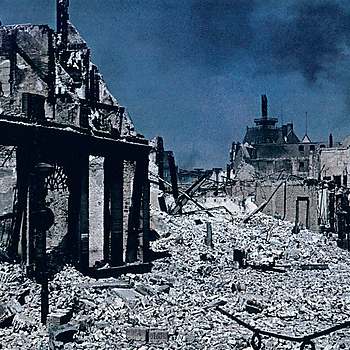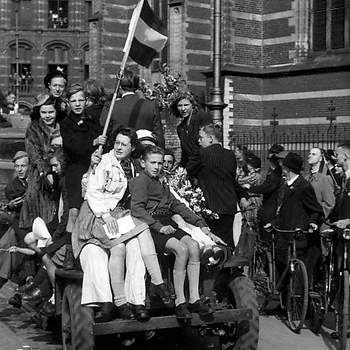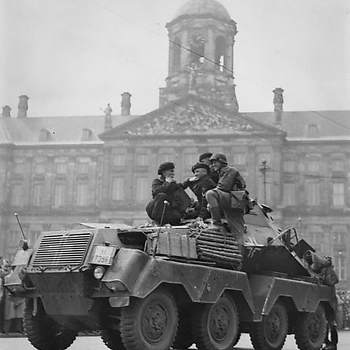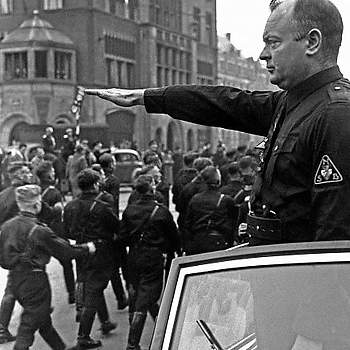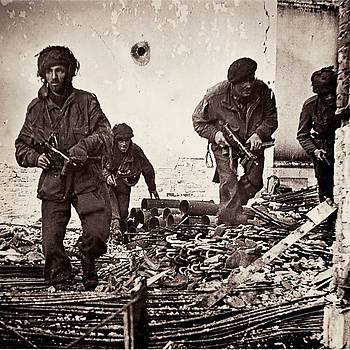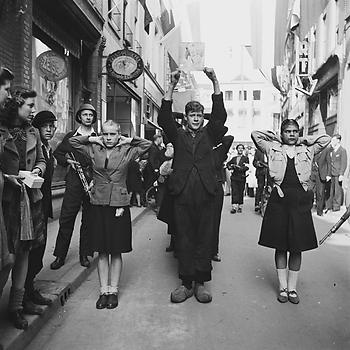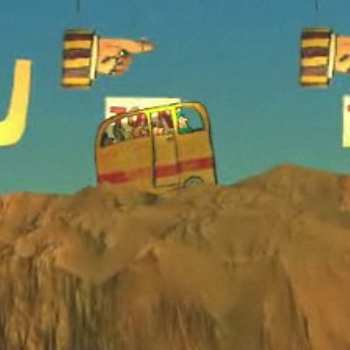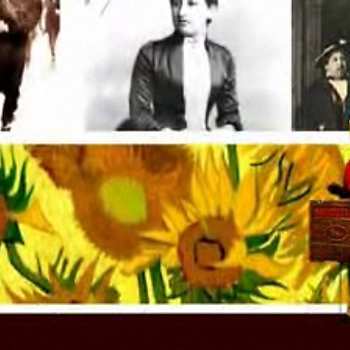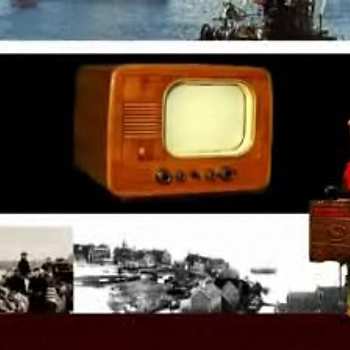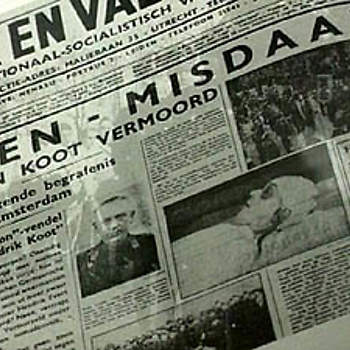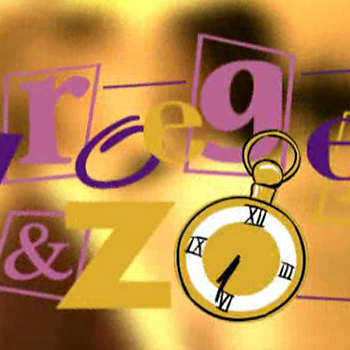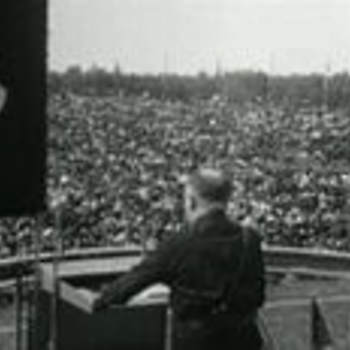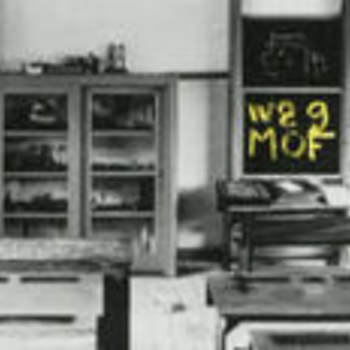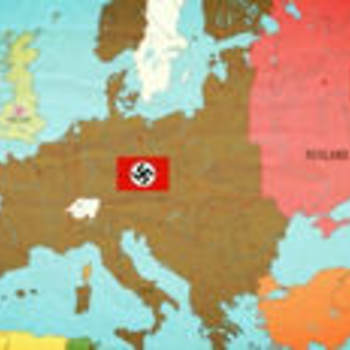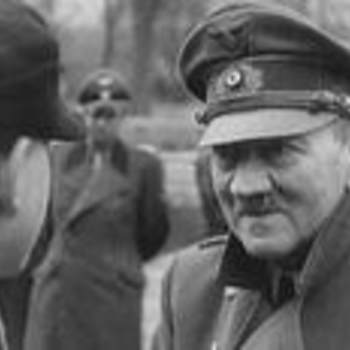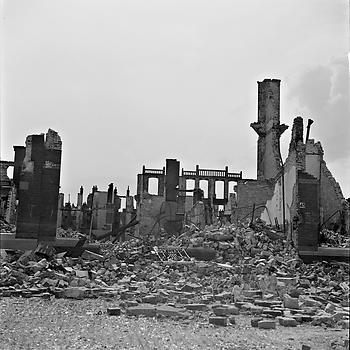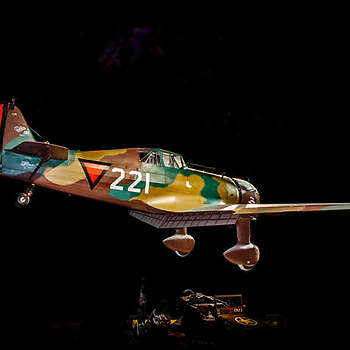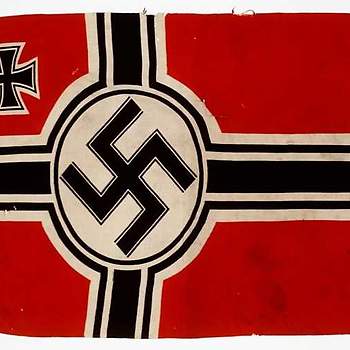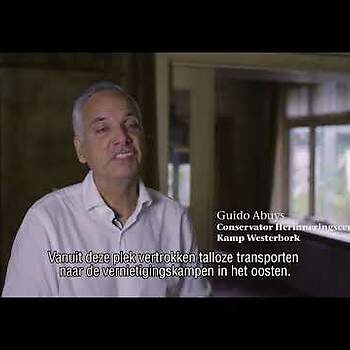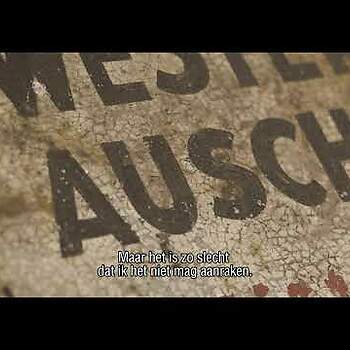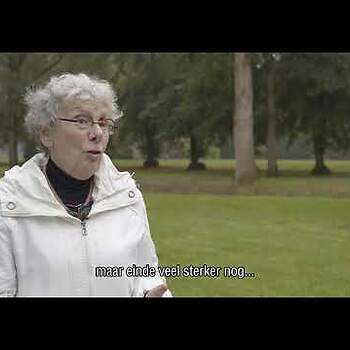Adolf Hitler
In 1933, Adolf Hitler comes to power in Germany as the leader of the right extremist National Socialist German Workers Party (NSDAP). This party, whose adherents are referred to as Nazis, grows as a result of the economic crisis and the feelings of revenge for the way in which Germany has been treated after World War I. Hitler intends to make Germany the most powerful country in Europe. In 1938, he seizes his native country, Austria. Subsequently, he annexes part of Czechoslovakia. Upon his invasion of Poland, Britain and France declare war on Nazi Germany: the war has commenced. In May 1940, Hitler attacks France, concurrently occupying the Netherlands and Belgium.
On the morning of Friday, 10 May 1940, German soldiers cross the Dutch border. The Dutch army is no match for the German war machine. After the Germans bomb the centre of Rotterdam, the Dutch military command decides to surrender. By then, the government and the Queen have already departed for England.
Occupation
Initially, the Dutch occupied territory is ruled by the German army, but before long, Hitler appoints a civilian administration. He has his reasons: to him, the Dutch constitute a “Germanic brother people” to be won over to national socialism. In his opinion, the best way to achieve this goal is to leave the administration to the Dutch wherever possible, with an upper tier of German officials. The Germans are assisted by members of the National Socialist Movement (NSB), a Dutch party holding views similar to those of the German NSDAP, and aided by hangers-on and profiteers.
When Hitler launches an attack against the Soviet Union in 1941, some twenty thousand Dutch men join the German army. Others, however, join the resistance. They publish their own newspapers that are secretly distributed. In addition, they assault German occupiers and Nazi collaborators. Towards the end of the war, the resistance movement garners increasing support. However, a majority of the Dutch population is passively anti-German and adapts to the circumstances.
Persecution
Initially, the occupation seems not so bad, but the population quickly finds out what the absence of freedom entails. The occupying forces respond to the first acts of resistance with severe punishments. Dutch men are forced to work in German factories. People are locked up in prisons and concentration camps without any form of due process. For the Dutch Jews, life becomes particularly difficult as a result of the growing number of anti-Jewish measures. From 1942 onwards, the German occupying forces deport more than a hundred thousand Jewish men, women, and children from the Netherlands, cramming them into freight trains to be transported to concentration camps. An overwhelming majority are murdered. Under the Nazi reign of terror, an estimated six million Jews and hundreds of thousands of Sinti, Roma, disabled people, homosexuals, and Jehovah’s witnesses are killed.
Winter of starvation and liberation
In the autumn of 1944, the southern part of the Netherlands is liberated by Allied forces. The liberation of the area north of the major rivers does not start until the spring of 1945. In the intervening months, the western provinces still have to endure the “Winter of Starvation”, which hits the cities particularly hard. Estimates are that at least twenty thousand people die for lack of food. On 5 May 1945, the German army surrenders, and the Netherlands is liberated. At this time, the Dutch East Indies are still occupied by the Japanese. Following the nuclear attacks on Hiroshima and Nagasaki, Japan capitulates on 15 August 1945.
Commemoration
The memories of this traumatic war continue to exert a powerful influence on Dutch society. The war casualties are commemorated every year on 4 May, whilst the liberation is celebrated annually on 5 May.
